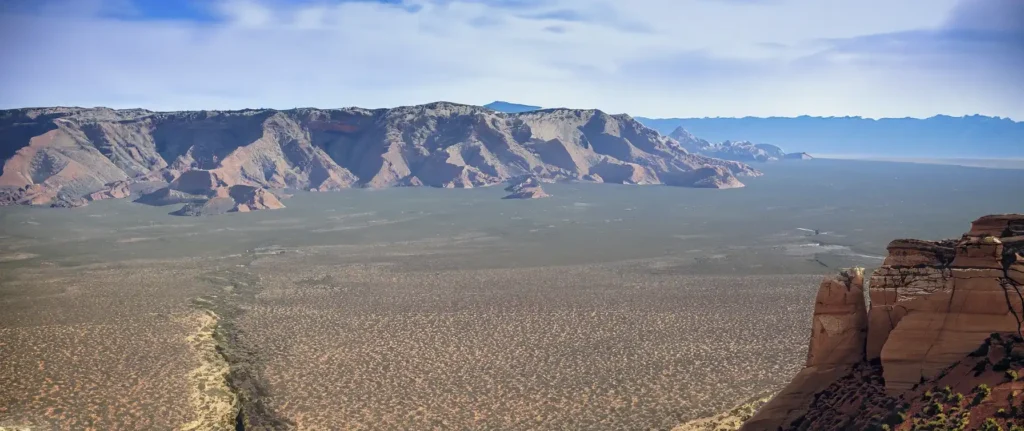
Introduction
Are you feeling the heat? Brace yourself, because a scorching hot topic is about to be unveiled. In this article, we dive into the phenomenon of the “Heat Wave in the Southwest.” From soaring temperatures to the impacts on human life and the environment, we’ll explore it all. So, grab a cold drink, find a shady spot, and let’s journey through the blistering heat together.
Table of Contents
Understanding Heat Waves
Heat waves are prolonged periods of excessively hot weather, often accompanied by high humidity and minimal rainfall. They can last for days or even weeks, testing the limits of our endurance and air conditioning units. But what exactly causes these intense periods of heat, particularly in the Southwest?
Causes of Heat Waves
Heat waves in the Southwest are primarily a result of a high-pressure system that lingers over the region. This system traps warm air, preventing it from circulating and cooling down. As a result, temperatures skyrocket, leading to blistering conditions that can be dangerous for both humans and nature.
The Southwest’s Unique Climate
The Southwest region boasts a unique climate that sets the stage for heat waves. With its arid landscapes and expansive deserts, the area is already accustomed to high temperatures. However, when a heat wave strikes, the mercury rises to unprecedented levels, pushing the limits of what we consider “normal” heat.
Records Broken: Unprecedented Heat
In recent years, the Southwest has witnessed an alarming increase in heat waves, with record-breaking temperatures becoming the new normal. Cities that once saw occasional heat waves are now grappling with scorching conditions year after year. This trend has put the spotlight on the impacts of heat waves on both human and environmental well-being.
The Human Toll: Health Risks
Heat waves pose significant health risks to individuals, particularly the young, elderly, and those with pre-existing health conditions. Heat exhaustion, heatstroke, and dehydration are common ailments during extreme heat events. It is crucial to understand the warning signs and take preventive measures to safeguard our well-being.
Key Points:
- Heat waves can lead to heat exhaustion, heatstroke, and dehydration.
- Vulnerable populations, such as the elderly and those with pre-existing conditions, are at higher risk.
- Recognising the symptoms and seeking immediate medical attention is crucial.
Protecting Yourself: Tips for Staying Cool
When the mercury rises, it’s essential to keep our cool. Here are some practical tips to help you beat the heat during a Southwest heat wave:
- Stay hydrated: Drink plenty of water and avoid excessive caffeine and alcohol.
- Seek shade: Find shelter under trees, umbrellas, or in air-conditioned buildings.
- Dress appropriately: Wear lightweight, breathable clothing and a wide-brimmed hat.
- Limit outdoor activities: Plan outdoor activities during cooler parts of the day.
- Use cooling methods: Take cool showers, use fans, or apply cold compresses to stay refreshed.
Environmental Impacts
Heat waves not only affect humans but also leave a lasting impact on the environment. They intensify drought conditions, increase the risk of wildfires, and put stress on ecosystems. Native wildlife, already adapted to the desert climate, face additional challenges as their habitats become hotter and drier.
Infrastructure Challenges
The extreme temperatures during heat waves strain critical infrastructure, including power grids, transportation systems, and water resources. As demand for electricity surges, power outages become more common. The strain on water supplies escalates, leading to potential shortages. It becomes evident that our current infrastructure needs to adapt to these increasingly frequent and severe heat waves.
Community Support and Resources
During heat waves, it is crucial to come together as a community and support one another. Local organisations, government agencies, and nonprofits often provide cooling centres, distribute water, and organise wellness checks for vulnerable populations. By harnessing community resources, we can help mitigate the impacts of heat waves and ensure the well-being of all residents.
The Role of Climate Change
Climate change plays a significant role in the frequency and intensity of heat waves in the Southwest. As global temperatures rise, so do the risks of extreme heat events. It is crucial to address the root causes of climate change and adopt sustainable practices to reduce our carbon footprint. By doing so, we can work towards a cooler and safer future.
Conclusion
The heat wave in the Southwest is more than just a hot topic. it’s a pressing issue that affects our lives and the environment. By understanding the causes, taking precautions to protect ourselves, and supporting our communities, we can navigate these scorching times with resilience. Let us rise to the challenge, adapt our infrastructure, and embrace sustainable practices to create a cooler and more sustainable future for all.
FAQs (Frequently Asked Questions)
Q1. How long do heat waves in the Southwest usually last?
A1. The duration of heat waves can vary, but they typically persist for several days to a few weeks.
Q2. Are heat waves becoming more frequent in the Southwest?
A2. Yes, heat waves are becoming more frequent in the Southwest, with record-breaking temperatures occurring more frequently in recent years.
Q3. What can I do to protect my pets during a heat wave?
A3. Ensure your pets have access to shade, fresh water, and avoid taking them on walks during the hottest parts of the day. Consider keeping them indoors in air-conditioned spaces.
Q4. How can I help vulnerable individuals during a heat wave?
A4. You can check on elderly neighbours or family members, offer them assistance, and direct them to local cooling centers or resources available in the community.
Q5. Is there a connection between heat waves and climate change?
A5. Yes, heat waves are linked to climate change. As global temperatures rise, the frequency and intensity of heat waves increase.

